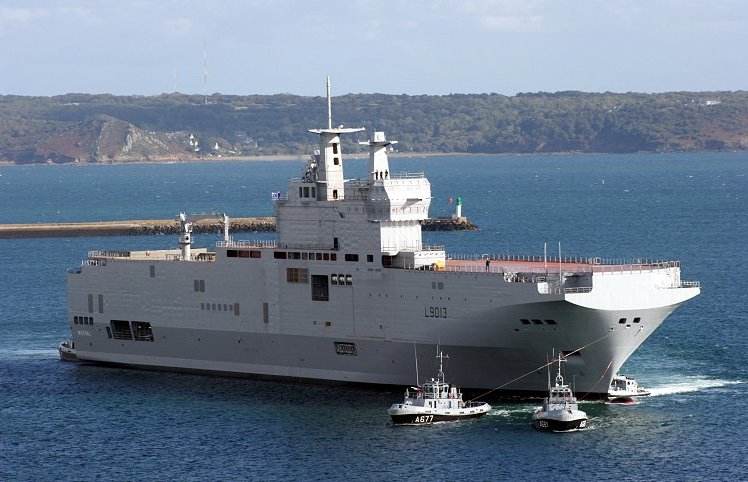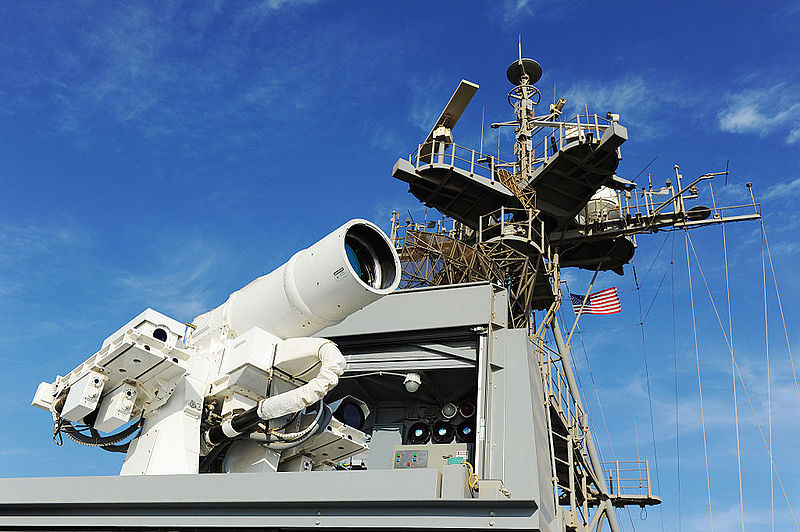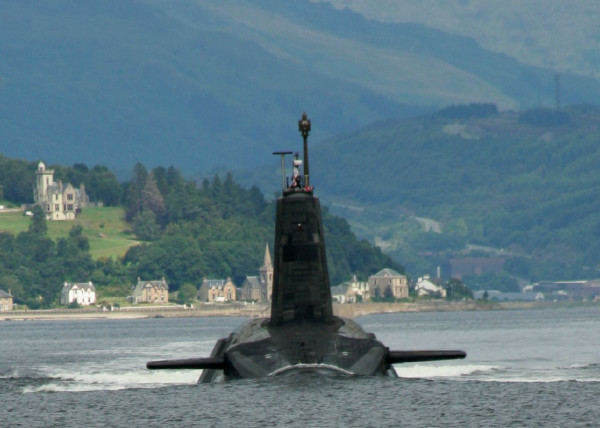Aside from the United States Navy, the most prolific operator of amphibious assault ships is the Marine Nationale (MN) of France. The Mistral-class is the only class of amphibious assault ship operated by the MN and consists of three vessels: the Mistral, the Dixmude, and the Tonnerre. First commissioned in 2006, the Mistral-class is widely considered to be among the best amphibious assault platforms in the world, comparable in many ways to the American Wasp-class and America-class vessels. While slightly smaller than its American counterparts, it has attracted considerable international interest. In 2010, Russia and France agreed to a €1.2 billion deal for two Mistral-class vessels, a deal which has come under scathing criticism in light of the crisis in Ukraine. The interest in these vessels is not unwarranted, as they offer a very flexible and affordable package that could greatly enhance the capabilities of the Royal Canadian Navy (RCN).
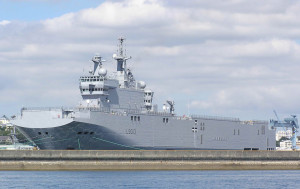
Like its American counterparts, the vessels of the Mistral-class, along with the nuclear powered aircraft carrier Charles de Gaulle, comprise the MN’s global power projection capabilities. Each Mistral-class vessel operates as the centre of an amphibious task force, similar to an American Marine Expeditionary Unit, that is capable of landing French forces around the world. It has a proven record of operational success; the vessels played a pivotal role in French operations in Libya, Lebanon, and Cote d’Ivoire.
Each ship can be configured as either an assault platform (for landing troops and combat operations) or as a command and control platform (for task force coordination or disaster relief). These vessels have impressive sealift capabilities, as they can carry 900 Troupes de Marine (French Marines) on short deployments (450 on longer ones) and up to 13 tanks and 36 other vehicles. It can deploy these forces using either four LCUs (Landing Craft Utility) or two LCATs (Landing Craft – Catamaran) housed in a well deck in the stern of the ship. The aviation capabilities of the Mistral-class are impressive as well; it has six helicopters landing pads on a large flight deck to launch aircraft. It can carry up to 16 heavy/medium-lift helicopters or 35 light helicopters, with a typical complement of aircraft consisting of NH-90 helicopters and Tigre attack helicopters.
As criticism from NATO allies towards France mounts over the Russia-France Mistral deal, the timing for the RCN to procure one or two Mistral-class ships may never be better.
The vessels of the Mistral-class offer the RCN the chance to greatly increase its blue water naval capabilities for a much lower cost than an American designed vessel. With an estimated price tag of €450 million (approximately $600 million CAD) per ship, it is around $150 million CAD cheaper than a Wasp-class vessel. It also only needs a crew of 200 to operate each vessel (compared to a crew of 1,000 needed to operate a Wasp-class), allowing the RCN to save millions of dollars on personnel and training costs. Despite its smaller crew size, the Mistral-class’capabilities are very similar to its American counterpart. It can undertake any mission the RCN could conceive of as it can launch almost as many helicopters, carry as much equipment, and transport nearly as many troops as the aforementioned American ships. The familiarity of the Canadian Forces with these vessels is another selling point. There have been rumours that the RCN has shown interest in procuring one or two Mistral-class vessels in the past and the success of Exercise Lion Mistral, which involved Canadian forces operating off the Mistral in Quebec in June, 2014, further reinforces Canada’s interest in these vessels.
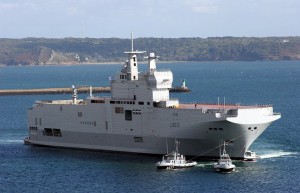
The Mistral-class faces many of the same drawbacks as the Wasp-class. While its $600 million CAD price tag is relatively cheap, the real costs are with the billions of dollars needed to fully equip and train the personnel needed to utilize the vessel to its full potential. This would require a significant boost to government defence spending, which may be difficult to obtain as the RCN has many high-profile and expensive procurement projects (the Arctic Offshore Patrol Ship, the Joint Support Ship and Single Class Surface Combatant) already underway.
When examining the needs and constraints of the RCN, the French Mistral-class amphibious assault ship appears to be an excellent alternative to the large but expensive American Wasp-class. With excellent aviation and sealift capacity, as well as a smaller crew, the procurement of a Mistral-class vessel (or two) is perhaps a more realistic option for the RCN over the long-term. The cost of purchasing, equipping, and maintaining the vessel would be high, but the benefits it would bring to the RCN are too numerous to be ignored. As criticism from NATO allies towards France mounts over the Russia-France Mistral deal, the timing for the RCN to procure one or two Mistral-class ships may never be better.
(Part IV will examine the prospect of a Canadian-designed and Canadian-built amphibious assault ship.)

